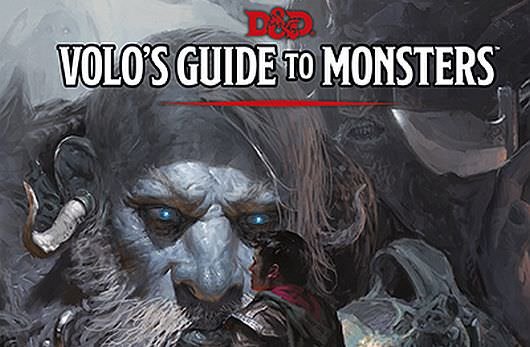

We can, with a little work, run any number of monsters against the characters. Our stories need not be limited by these mechanics. This is why characters have a huge advantage against a single opponent. The mechanics of D&D combat generally presumes the characters will face somewhere between three and twelve bad guys in any given battle. And we all remember the seven samurai facing off against fifty town-ravaging bandits. We all remember John Wick facing off against a whole club of eastern European thugs. We all remember Aragorn standing alone atop the ruined tower facing a horde of urukai in Lord of the Rings. These are the tales of high adventure we know and love. Our heroes stand atop a cliff of ice, a thousand foot drop behind them and twenty five wights in front, their eyes blazing blue and their black blades ready. The stout warrior cleaves into them, slicing off four heads in two vicious cuts. Our heroes stand atop the ruins of an elven watchtower, blades and spells ready as forty orcs charge in. The cleric holds her holy symbol aloft and waves of radiant energy tear through the skeletons, shattering dozens of the creatures before the rest roar in. The heroes stand atop a mountain of bones with one hundred skeletons swarming in. If the damage done by an area of effect is close to a single monster's hit points, remove the monsters if they fail the saving throw.įor a video on this topic, see my Running Hoards Youtube video. Huge areas like circle of death hit thirty two. Small areas hit four, medium areas like thunder wave or burning hands hit eight, large areas like fireball or turn undead hit sixteen. Adjudicate areas of effect by assuming lots of members of the horde are caught in the area.Increase this to half if the monsters have advantage or one in ten if they have disadvantage.



 0 kommentar(er)
0 kommentar(er)
